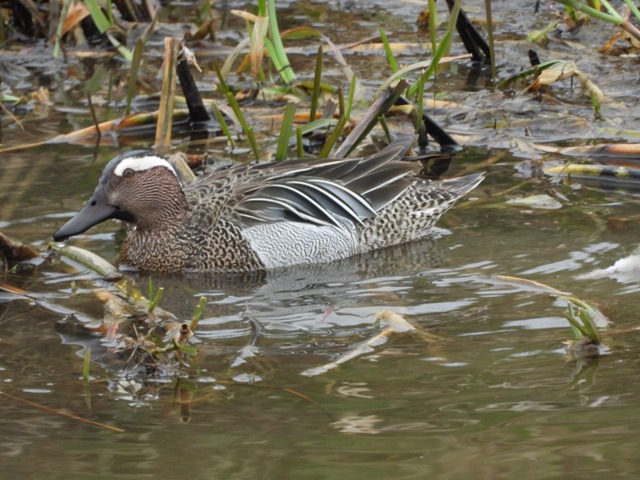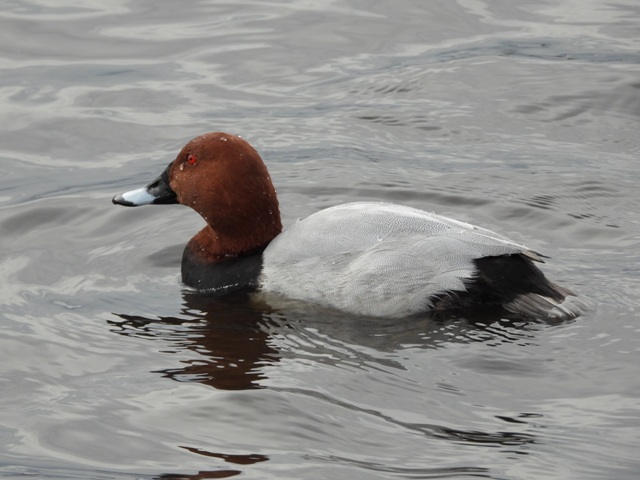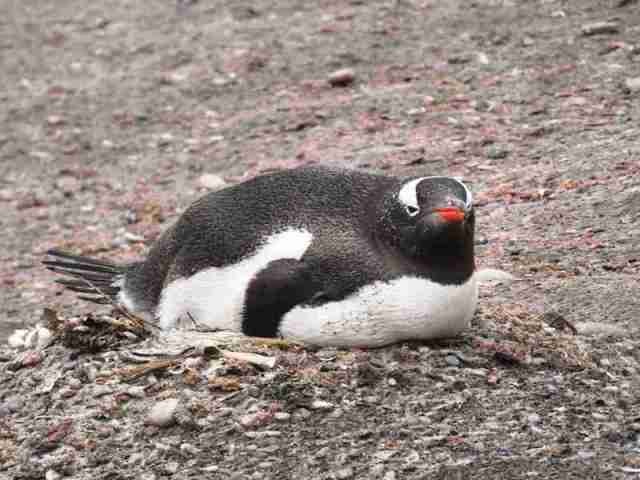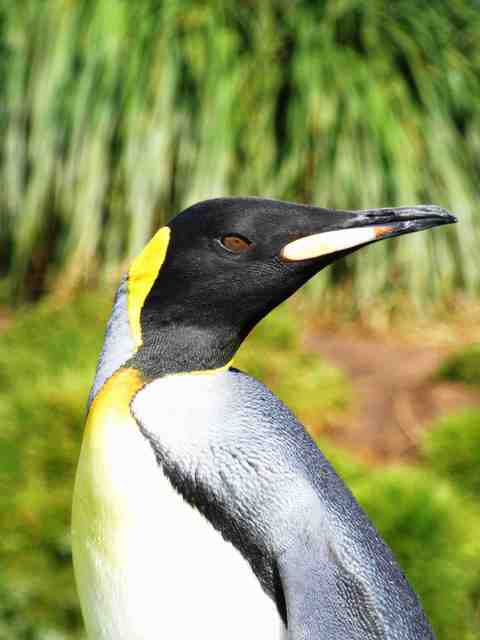Hugh’s News – 8 April 2022
I am sure that virtually everyone is aware of the devastating fire at Neston Reedbed. The following link takes you to a heart-felt account of the fire and implications. We can only hope that the habitat will regenerate in a year or two, and once again Marsh Harriers and the other iconic species will breed again.
https://community.rspb.org.uk/placestovisit/deeestuary/b/deeestuary-blog/posts/neston-reedbed-fire
Bill Wonderley captured this wonderful photo of a male Garganey on Reception Pool at RSPB Burton Mere Wetlands. There was a pair there for several days, with at least 4 other birds seen elsewhere on the reserve. Hopefully some at least will stay and breed. Garganeys are our only duck species that are summer visitors. They are scarce and secretive breeders. They winter in West and Central Africa.
He also captured a male Pochard on a visit to WWT Martin Mere. These are not common in our area, but they can be seen occasionally on larger lakes in winter. Look at those gorgeous red eyes!
An intriguing contact via the Club website informed us of two Ruby-crowned Kinglets apparently seen in Heswall Dales.
Ruby-crowned Kinglets are American birds, very similar to our Goldcrest. There has only been one bird seen in the UK, on Barra, Outer Hebrides, on 12 November 2020. The crown is red rather than orange.
I followed the directions provided and had a look in the reported area, but did not see any crests at all. I did see a single Goldcrest further on into the Dales though. It was a cool morning though. So I will have another reccie on a warmer day when the birds may be more active and showy. It is a nice area to walk around anyway.
The chances of two kinglets turning up together in the UK is pretty remote – but never say never!
Linda Haylock did some detective work on the fungi I mentioned last time. She thought it might be some kind of bracket. She put the photo up on the North West Fungus facebook page (yes, there is one!), and one member has suggested it might be a Hairy Curtain Crust (Stereum hirsutum). This looks a good call from the photos on the web. Thank you, Linda.
There were a couple of questions posed to me after my Zoom Talk on Antarctica that I couldn’t answer immediately. So I did a little research.
Regarding Penguin population trends, most of the Antarctica species appear to be classified of Least Concern, with the exception of the Emperor Penguin which is Critically Endangered, and the “Vulnerable” Macaroni Penguin. Some of the species away from the Antarctica are also under pressure sadly.
Secondly there are 18 different Penguin species distributed around the southern hemisphere – although the most northern species, the Galapagos Penguin, is found in the Galapagos Islands, which actually straddle the equator! Birds are also found in Antarctica, South America, South Africa, Australia and New Zealand, as well as a few other isolated islands.
This gives me an excuse to post another Penguin photo or two!
Hugh Stewart



